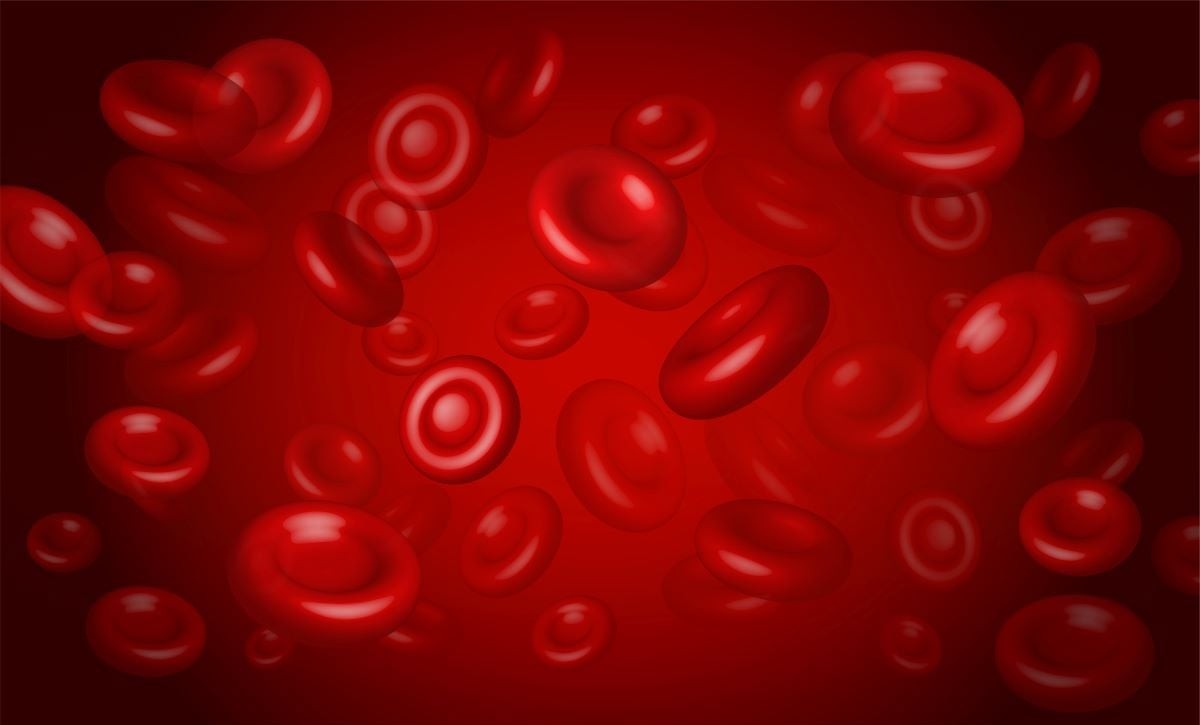Authors note high sustained factor VIII activity and protection against bleeding episodes, including bleeding into joints
By Elana Gotkine HealthDay Reporter
FRIDAY, July 19, 2024 (HealthDay News) — For children with severe hemophilia A, once-weekly prophylaxis with efanesoctocog alfa is associated with high sustained factor VIII activity, resulting in effective prevention of bleeding, according to a study published in the July 18 issue of the New England Journal of Medicine.
Lynn Malec, M.D., from the Versiti Blood Research Institute in Milwaukee, Wisconsin, and colleagues conducted a phase 3, open-label study involving 74 previously treated male patients younger than 12 years of age with severe hemophilia A who received 52 weeks of prophylaxis with once-weekly efanesoctocog alfa (50 IU/kg).
The researchers found that no factor VIII inhibitors developed and most of the adverse events were nonserious. There were no reports of serious adverse events that were assessed by the investigator as being related to efanesoctocog alfa. Seventy-three patients were treated according to the protocol and had median and model-based mean annualized bleeding rates of 0.00 and 0.61, respectively. Overall, 64, 88, and 82 percent of patients had no treated bleeding episodes, no spontaneous bleeding episodes, and no episodes of bleeding into joints, respectively. Ninety-five percent of the 43 bleeding episodes resolved with one injection of efanesoctocog alfa. Mean factor VIII activity at steady state was >40 IU/dL and >10 IU/dL for three and almost seven days after dose administration, respectively. The investigators observed a 40.0-hour geometric mean terminal half-life.
“Once-weekly efanesoctocog alfa (50 IU per kilogram) provided high sustained factor VIII activity and highly efficacious protection against bleeding episodes in children with severe hemophilia A, a population in which this goal has been difficult to achieve without burdensome treatment regimens,” the authors write.
The study was funded by Sanofi and Sobi, the development partners for efanesoctocog alfa.
Editorial (subscription or payment may be required)
Copyright © 2024 HealthDay. All rights reserved.








